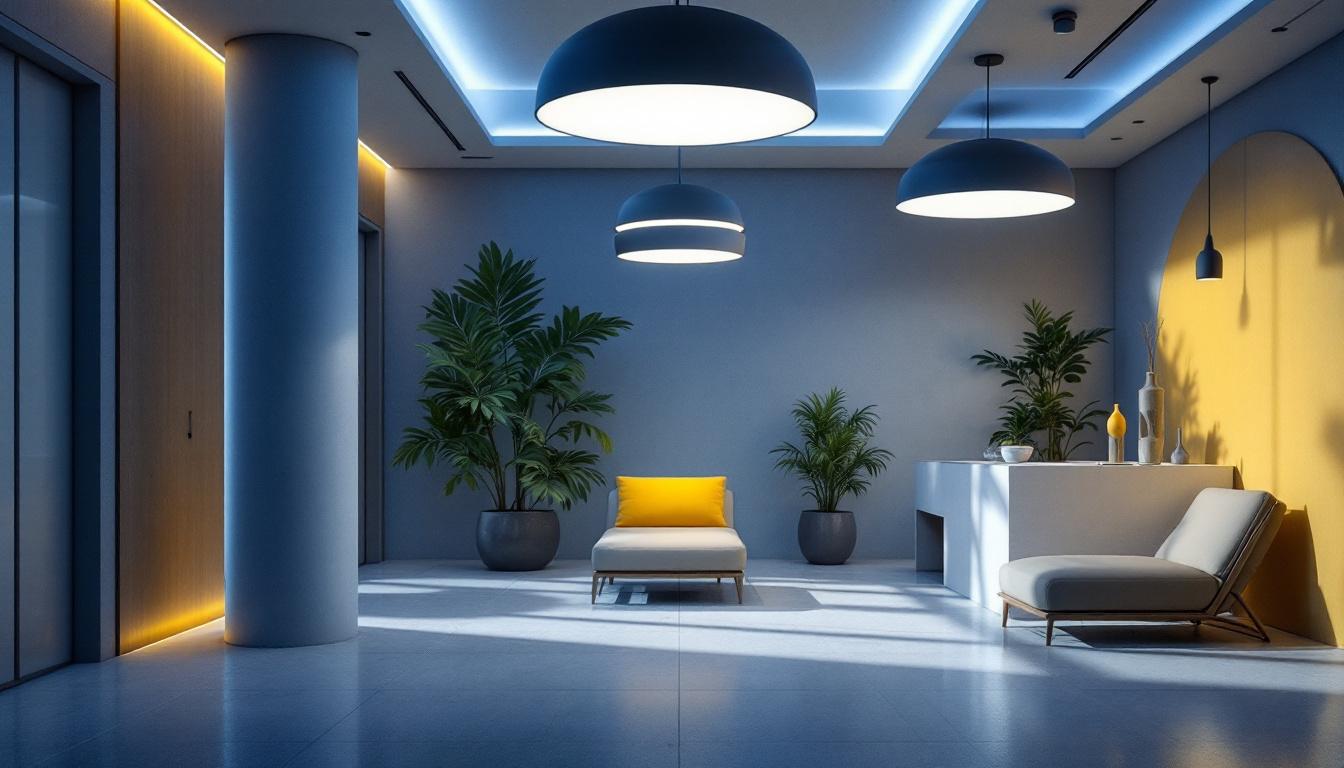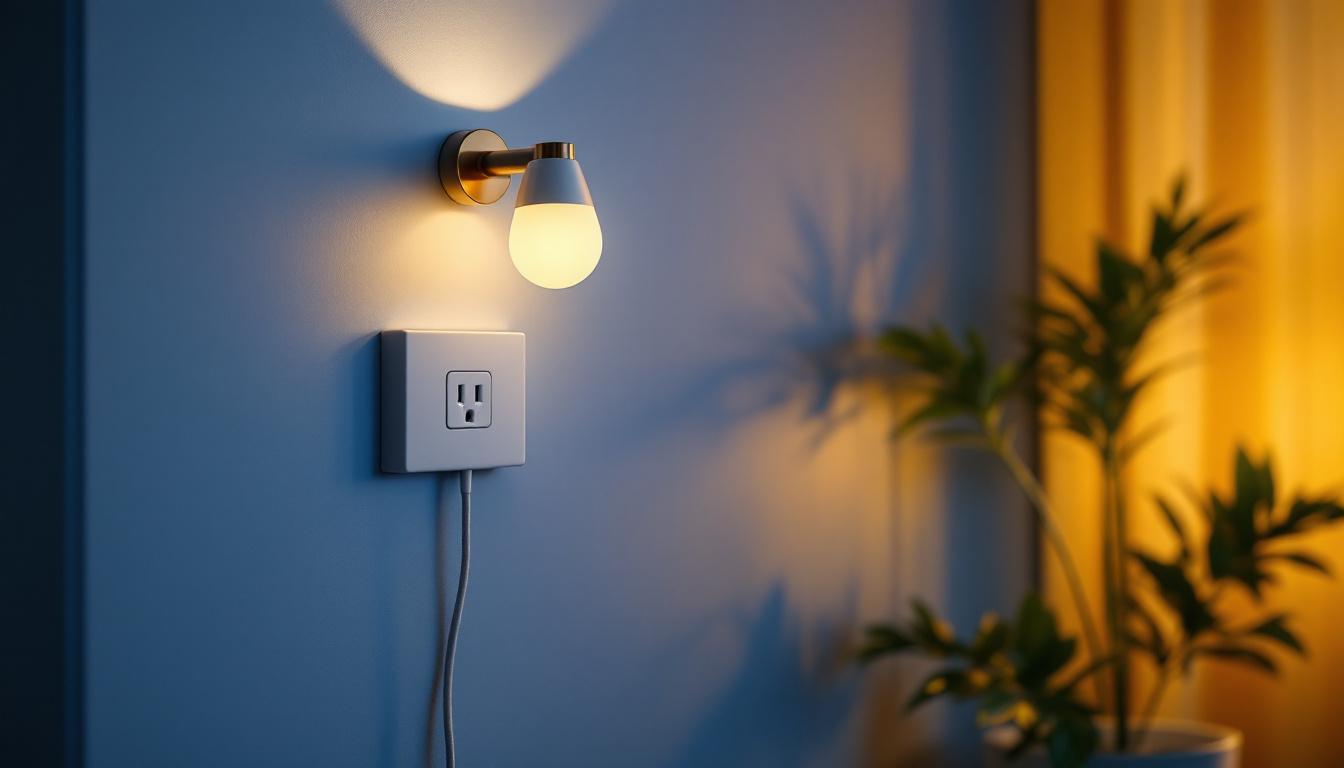
Lighting contractors play a crucial role in ensuring that spaces are illuminated effectively and efficiently. However, the path to delivering exceptional lighting solutions is often fraught with challenges. Many contractors inadvertently make mistakes that can impact the quality of their work, client satisfaction, and overall project success. This article explores common pitfalls that lighting contractors should be aware of, providing insights into how to avoid them.
One of the most significant mistakes lighting contractors can make is failing to fully understand the specific needs and expectations of their clients. This oversight can lead to misaligned project goals, resulting in dissatisfaction and potential rework. When contractors do not take the time to delve into the client’s vision, they risk delivering a final product that does not resonate with the client’s aspirations or functional requirements, ultimately affecting the project’s success.
Effective communication is the cornerstone of any successful project. Lighting contractors must engage in thorough discussions with clients to grasp their vision, preferences, and functional requirements. Relying solely on initial conversations without ongoing dialogue can lead to misunderstandings. It is essential to create an open line of communication where clients feel comfortable sharing their thoughts and concerns throughout the project lifecycle.
Regular check-ins and updates can help ensure that the project remains aligned with client expectations. Utilizing visual aids, such as sketches or mock-ups, can also facilitate clearer communication and provide clients with a tangible sense of the proposed lighting design. Additionally, incorporating digital tools, such as 3D renderings or virtual reality simulations, can further enhance the client’s understanding of how the lighting will interact with their space, allowing for adjustments before the installation phase begins.
Each space has its unique purpose, and lighting should enhance that functionality. Contractors may overlook how lighting interacts with the specific activities that will take place in a given area. For instance, a workspace requires different lighting compared to a relaxation area. Moreover, factors such as the time of day and the natural light available can also influence how artificial lighting should be designed and implemented.
Understanding the intended use of a space allows contractors to select appropriate lighting types, intensities, and placements. This consideration can significantly enhance the user experience and contribute to the overall success of the project. For example, in a dining area, warm, inviting lighting can create a cozy atmosphere, while in a retail space, brighter, more focused lighting can highlight products and encourage sales. By tailoring the lighting design to the specific needs of each area, contractors not only meet client expectations but also elevate the overall functionality and aesthetic appeal of the space.
In today’s environmentally conscious landscape, energy efficiency is more important than ever. Lighting contractors who ignore this aspect not only risk higher operational costs for their clients but also miss out on potential incentives and rebates. As consumers become increasingly aware of their carbon footprints, they are more likely to seek out contractors who prioritize sustainability, making energy efficiency a critical selling point in a competitive market.
Moreover, the integration of energy-efficient solutions can significantly enhance the overall appeal of a project. For instance, using energy-efficient lighting can not only reduce electricity bills but also lower maintenance costs due to the longer lifespan of modern fixtures. This dual benefit creates a compelling case for clients to invest in energy-efficient options, which can ultimately lead to a more sustainable and profitable business model for contractors.
Every region has specific energy codes and standards that govern lighting installations. Contractors who are not well-versed in these regulations may inadvertently design systems that do not comply, leading to costly adjustments and delays. Understanding these codes is not just about compliance; it also reflects a contractor’s commitment to quality and professionalism.
Staying informed about local energy codes and incorporating energy-efficient solutions—such as LED fixtures and smart lighting controls—can enhance project viability and client satisfaction. Additionally, educating clients about the long-term savings associated with energy-efficient lighting can strengthen the contractor-client relationship. By presenting detailed analyses of potential energy savings and return on investment, contractors can empower clients to make informed decisions that align with their financial and environmental goals.
The rise of smart technology has transformed the lighting landscape, offering innovative solutions that enhance both efficiency and user experience. Contractors who do not integrate these technologies into their designs may miss opportunities to provide added value to their clients. Smart technology not only streamlines lighting management but also contributes to a more sustainable future by optimizing energy consumption based on real-time data.
Smart lighting systems allow for customizable settings, automated controls, and energy monitoring. By leveraging these technologies, contractors can create adaptable environments that cater to the evolving needs of clients, ultimately leading to improved satisfaction and loyalty. Furthermore, the ability to integrate with other smart home systems can create a seamless user experience, making it easier for clients to manage their energy use and enhance their overall quality of life. This level of integration not only positions contractors as forward-thinking professionals but also opens up avenues for ongoing service and maintenance contracts, ensuring long-term relationships with clients.
Effective planning and design are critical components of successful lighting projects. Contractors who rush through this phase often encounter issues that could have been avoided with careful consideration.
A thorough site assessment is essential for understanding the unique characteristics of a space. Contractors who skip this step may overlook important factors such as existing architectural features, natural light sources, and potential obstacles that could affect lighting placement.
Conducting a comprehensive site assessment allows contractors to tailor their designs to the specific environment, ensuring optimal lighting performance. This attention to detail can significantly enhance the overall aesthetic and functionality of the space.
Budget constraints are a reality in most projects, and failing to accurately estimate costs can lead to significant challenges. Contractors who do not take the time to create detailed budgets may find themselves facing unexpected expenses that jeopardize project completion.
Establishing a clear budget from the outset, along with a contingency plan for unforeseen costs, can help contractors manage client expectations and ensure that projects remain on track financially. Transparent communication about budgetary limitations fosters trust and collaboration between contractors and clients.
While creativity is essential in lighting design, overcomplicating solutions can lead to confusion and inefficiency. Contractors should strive for a balance between innovative designs and practical implementation.
Using too many different types of fixtures can create a disjointed look and complicate installation. Contractors should aim for a cohesive design that utilizes a limited selection of fixtures, ensuring that they complement each other while fulfilling the lighting requirements of the space.
By focusing on a streamlined design approach, contractors can simplify installation processes and enhance the overall visual appeal of the project. This strategy not only saves time but also minimizes the risk of errors during implementation.
Lighting systems require ongoing maintenance to ensure optimal performance. Contractors who do not consider maintenance during the design phase may create systems that are challenging to service or replace.
Designing for accessibility and ease of maintenance can save clients time and money in the long run. Providing clients with a maintenance plan or schedule can further enhance their satisfaction and trust in the contractor’s expertise.
The lighting industry is constantly evolving, with new technologies, design trends, and regulations emerging regularly. Contractors who do not stay informed about these changes risk falling behind their competitors and delivering outdated solutions.
Investing in continuing education is essential for lighting contractors who want to remain competitive. Workshops, seminars, and online courses can provide valuable insights into the latest advancements in lighting technology and design.
By staying updated on industry trends, contractors can offer innovative solutions that set them apart from the competition. This commitment to professional development not only enhances their skill set but also builds credibility with clients.
Networking with other professionals in the lighting industry can provide valuable opportunities for collaboration and knowledge sharing. Contractors who do not engage with peers may miss out on insights that could enhance their work.
Participating in industry events, joining professional organizations, and connecting with suppliers can foster relationships that lead to new ideas and best practices. Building a strong professional network can ultimately contribute to the long-term success of a lighting contractor’s business.
Once a lighting project is completed, the relationship between the contractor and the client should not end. Neglecting post-installation follow-up can lead to missed opportunities for feedback and future business.
After project completion, contractors should take the initiative to solicit feedback from clients. Understanding their experiences and satisfaction levels can provide valuable insights for future projects and help identify areas for improvement.
Feedback can also serve as a powerful marketing tool. Positive testimonials can be showcased on a contractor’s website or promotional materials, enhancing credibility and attracting new clients.
Providing ongoing maintenance and support services can help contractors build long-term relationships with clients. By offering to address any issues that arise after installation, contractors demonstrate their commitment to quality and customer satisfaction.
This proactive approach not only enhances client loyalty but also opens doors for future projects and referrals. Satisfied clients are more likely to recommend contractors to others, contributing to business growth.
Lighting contractors play a vital role in creating functional and aesthetically pleasing environments. By avoiding common mistakes such as misunderstanding client needs, neglecting energy efficiency, and failing to stay updated on industry trends, contractors can enhance their project outcomes and client satisfaction.
Through effective communication, careful planning, and a commitment to professional development, lighting contractors can position themselves as trusted experts in their field. Ultimately, the success of a lighting project hinges on the contractor’s ability to navigate challenges and deliver exceptional results.
Don’t let common mistakes dim the success of your lighting projects. At LumenWholesale, we provide lighting contractors with the tools to shine. Our spec-grade lighting products meet the highest industry standards, ensuring your projects are powered by quality and efficiency. With unbeatable wholesale prices and the convenience of free shipping on bulk orders, you can trust LumenWholesale to brighten your bottom line. Elevate your lighting solutions and take advantage of the best value in the industry. Visit Wholesale Lighting at the Best Value and make your next project a beacon of success.

Explore the revolutionary advancements in lighting design and installation with “Extra Light.” Discover how cutting-edge technologies and sustainable practices are shaping the future of illumination, offering innovative solutions for homes and businesses alike..

Discover the essential considerations for lighting contractors when installing wall sconces with outlets.

Discover how dimmable switches can transform your lighting projects by offering versatility, energy efficiency, and enhanced ambiance.

Explore the innovative world of solar driveway light posts and discover how lighting contractors can tackle common challenges.